Sliding door locks are a popular security feature on patios, balconies, and back doors. They provide convenience while ensuring that your home remains secure. However, there are situations where learning how to unlock a sliding door from outside becomes essential. You might lose your keys, accidentally lock yourself out, or face a malfunctioning lock that prevents normal access.
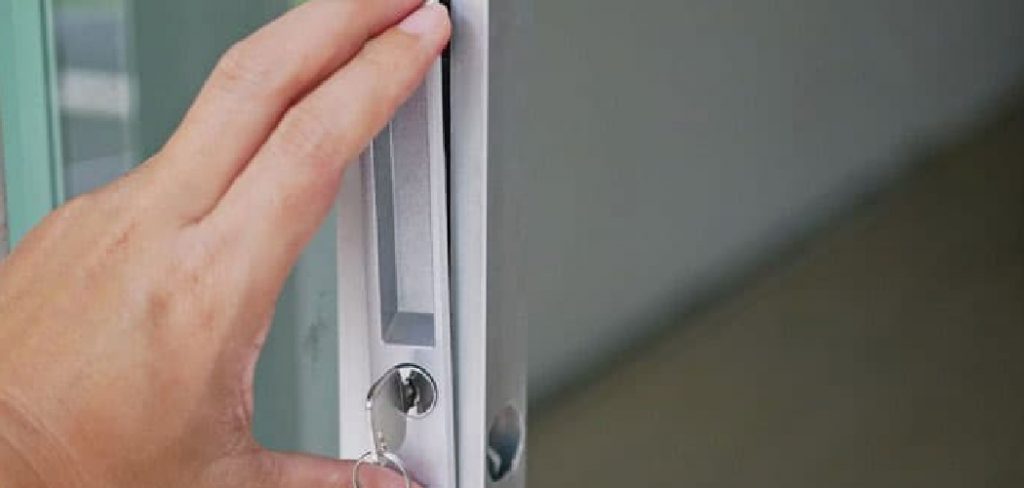
Whatever the reason may be, understanding safe and legal methods to address the issue can save you time, frustration, and unnecessary damage to your property. This article aims to guide you through effective approaches for unlocking a sliding door from the outside, ensuring minimal risk and maintaining your door’s integrity. Remember, the solutions provided here are intended for use in lawful situations and should only be applied to doors that belong to you or for which you have explicit permission to access.
Safety and Legal Considerations
Ensure You Have Permission
Before attempting to unlock a sliding door from the outside, ensuring you have the legal right to do so is critical. Only attempt to unlock doors that you own or have explicit permission to access. Engaging in unauthorized entry is not only unethical but can also carry severe legal consequences. Always act responsibly and within the boundaries of the law.
Avoid Damaging the Door
To maintain the integrity of your door and its locking mechanism, prioritize non-destructive methods when attempting to unlock it. Carelessly forcing the door open can result in unnecessary damage, which may lead to costly repairs or replacement. Take the time to use safe and established techniques that protect both the door and the lock.
Contact a Professional if Needed
If you are unsure how to proceed or your current efforts have been unsuccessful, it is advisable to seek help from a professional locksmith. Locksmiths are trained to handle situations like these and can ensure the door is opened safely and efficiently. Calling a professional may save you time and prevent accidental damage to your property.
Common Types of Sliding Door Locks
Sliding doors come equipped with various locking mechanisms, each offering different levels of security and functionality. Understanding the type of lock installed on your sliding door can help determine the best unlocking or security approach.
Latch Locks
Latch locks are the standard locking mechanism found on most residential sliding doors. They typically involve a simple latch that hooks into a catch on the door frame, allowing for quick and easy locking. While convenient, they may not provide the highest level of security.
Keyed Locks
Keyed locks require a key to unlock from the exterior, adding an extra layer of security compared to standard latch locks. These are commonly found when additional protection is necessary, such as on doors leading to patios or backyards.
Security Bars and Rods
Security bars or rods are placed inside the track of a sliding door to physically block its movement. They serve as an excellent deterrent against forced entry and are easy to install and remove as needed.
Smart Locks
Smart locks offer advanced security features and convenience, allowing control through an app or keypad. These locks often integrate with smart home systems and provide remote access, making them a modern option for sliding door security.
Internal Pin Locks
Internal pin locks are positioned on the interior of the sliding door and are designed to prevent unauthorized opening. These locks often provide additional security without altering the door’s exterior.
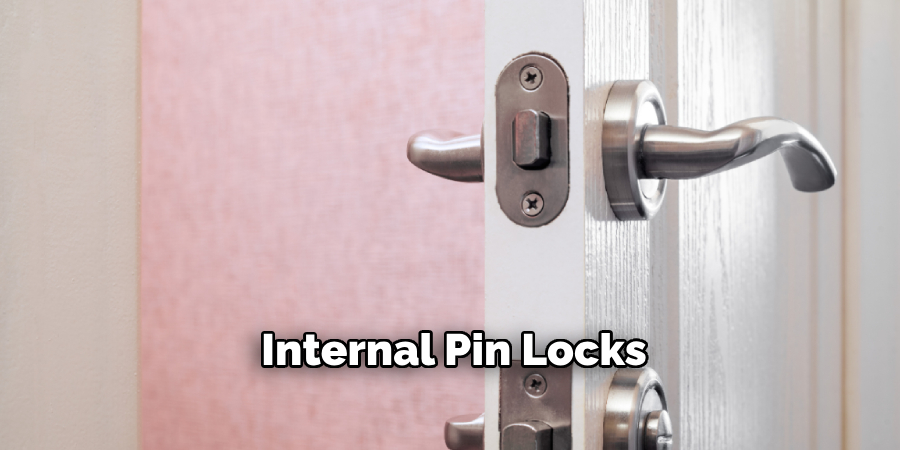
Understanding these lock types helps identify suitable methods for locking, unlocking, or enhancing the security of your sliding door.
How to Unlock a Sliding Door from Outside: Methods to Unlock a Sliding Door
Knowing how to unlock a sliding door from the outside can be useful in specific situations, such as accidental lockouts. Here are several methods to consider, along with important precautions to avoid damage to the door or its mechanisms:
Method 1: Using a Spare Key
Check for a hidden or spare key before attempting other methods. Many sliding doors come with keyed locks; locating a spare key can provide the simplest and safest solution. Consider keeping a backup key in a secure location for emergencies.
Method 2: Using a Slim Jim or Flat Tool
A slim jim or flat tool can sometimes disengage the latch. Carefully slide the tool between the door and the frame, gently maneuvering it to open the latch. This method requires precision and may not apply to more advanced locking mechanisms.
Method 3: Lifting the Door
Some sliding doors can be lifted slightly off the track to disengage the lock. Apply upward pressure while attempting to wiggle the door free. Exercise caution to avoid damaging the track, lock, or door itself during this process.
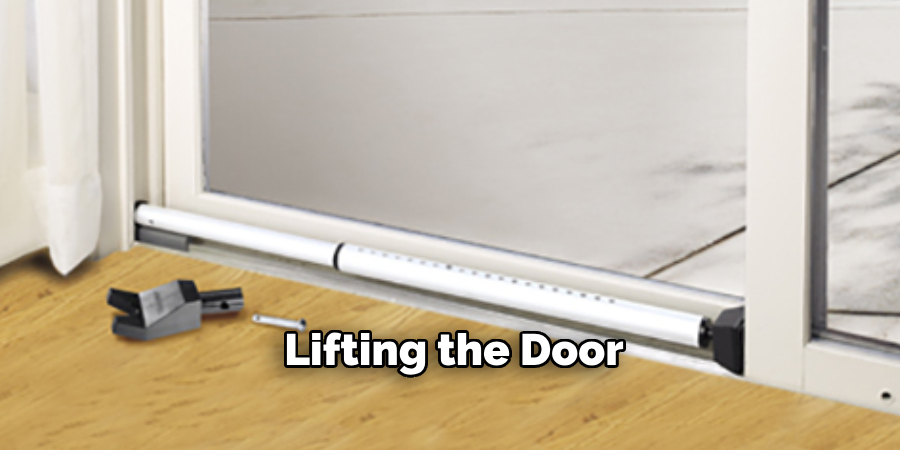
Method 4: Removing the Door from the Track
If other methods fail, you may be able to remove the door from the track. Begin by unscrewing the stopper located at the top of the frame. Then, gently lift the door and tilt it to remove it from the track. This method should be a last resort due to its complexity and risk of damage.
Method 5: Using a Credit Card for Simple Latches
For older or simpler latch mechanisms, a flexible card, such as a credit card, can be slid between the door and the frame to push back the latch. Insert the card at an angle and apply pressure until the latch disengages. Avoid using valuable cards as they may be damaged.
Each method should be approached with care to prevent accidental damage to your sliding door or its locking system. If you are uncertain or unsuccessful, contacting a professional locksmith may be the best course of action.
Unlocking Smart Sliding Doors
Using the Mobile App or Keypad
A connected mobile app or keypad is often the simplest solution for smart sliding doors equipped with advanced locking mechanisms. Ensure your mobile device has the corresponding app installed and is connected to the smart lock. Follow the app’s instructions to unlock the door remotely or use the preset code on the keypad if available.
Resetting the Smart Lock
Some smart locks feature a manual reset option if access through the app or keypad fails. This is typically accessible from outside the door and requires following the lock manufacturer’s reset process. Refer to the lock manual for specific instructions on initiating a reset. A reset may restore factory settings, so be prepared to reconfigure the lock after access is regained.
Alternative Methods
If these methods are still unsuccessful, consider using a backup solution, such as a connected smart home system, to override the lock. Voice assistants, like Alexa or Google Assistant, may also provide remote access if integrated with the smart lock. For comprehensive help, contacting the lock’s manufacturer or a professional locksmith can ensure proper assistance without compromising the integrity of your smart sliding door system.
Dealing with Jammed or Broken Locks
Inspect for Obstructions
The first step in addressing a jammed or broken lock is to inspect the lock mechanism and sliding door track for any debris or obstructions. Dirt, small objects, or even misaligned components can interfere with the locking mechanism. Clear away any visible debris and test the lock again to see if this resolves the issue.
Lubricate the Lock

If the lock remains stuck, apply a silicone-based lubricant to the lock mechanism. This type of lubricant is particularly effective because it doesn’t attract dust or grime, ensuring a smoother operation over time. Apply a small amount directly into the mechanism and gently work the lock to spread the lubricant evenly.
Gently Tap the Lock
Sometimes, a jammed lock may simply be out of alignment. Use a soft mallet or your hand to tap around the locking mechanism gently. This can help realign any displaced components and restore functionality without causing additional damage.
Using Pliers or Vice Grips
For a damaged latch that is still partially functional, carefully use pliers or vice grips to grip and turn the latch. Apply steady pressure, avoiding excessive force, to avoid worsening the damage. This method can provide a temporary solution until the lock is fully repaired or replaced.
When to Call a Locksmith
If the above methods are unsuccessful or the lock is severely damaged, it’s best to call a professional locksmith. Attempting further repairs without proper expertise could compromise the security of your sliding door system. A locksmith will have the tools and knowledge to address the problem efficiently and secure your home again.
Preventing Future Lockouts
Taking preventive measures can minimize the risk of being locked out of your sliding door in the future. Here are a few steps to consider:
Install a Keyed Entry System
Invest in a lock that provides outdoor access with a key. This ensures you can unlock your sliding door from the outside in the event of a lockout without compromising the security of your home.
Hide a Spare Key Securely
Place a spare key in a secure location, such as a lockbox or a discreet hiding spot only known to trusted individuals. This method allows for easy access during emergencies while keeping your property’s safety intact.
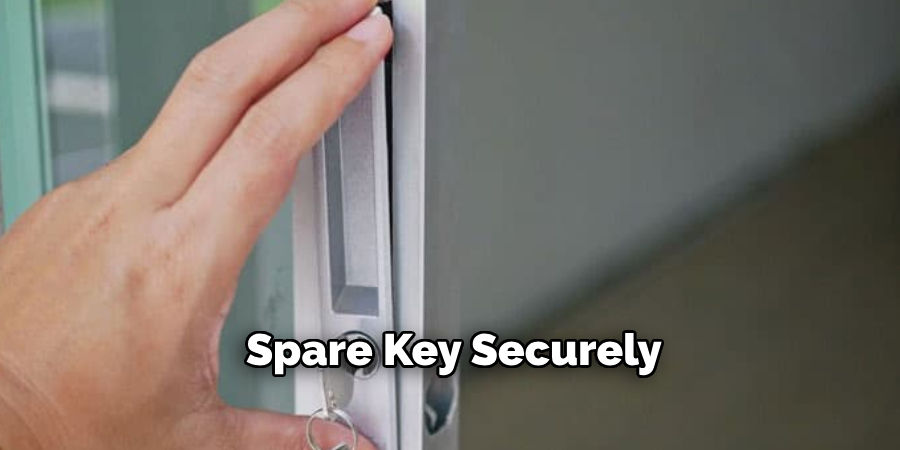
Use a Smart Lock with Remote Access
Upgrading to a smart lock offers convenience and enhanced security. With remote access, you can lock or unlock your sliding door using your smartphone, providing flexibility and control even when you’re away from home.
Keep Tracks and Locks Maintained
Regularly clean and lubricate the tracks and locking mechanisms of your sliding door. Proper maintenance reduces the chances of mechanical issues, ensuring your lock operates smoothly and reliably over time.
By implementing these suggestions, you can protect against future lockouts and maintain the functionality of your sliding door system.
Alternative Access Options
Check Other Entrances
Before attempting drastic measures, inspect your home for other possible entry points. Sometimes, a window or another door may have been accidentally left unlocked, providing a non-invasive way back inside. Always check these options first to minimize damage.
Use a Garage or Back Entrance
If your sliding door leads to a patio or deck, consider whether your garage, side, or back entrance may offer an alternative route. These options are often overlooked but can save time and ensure you gain access without causing harm to your property.
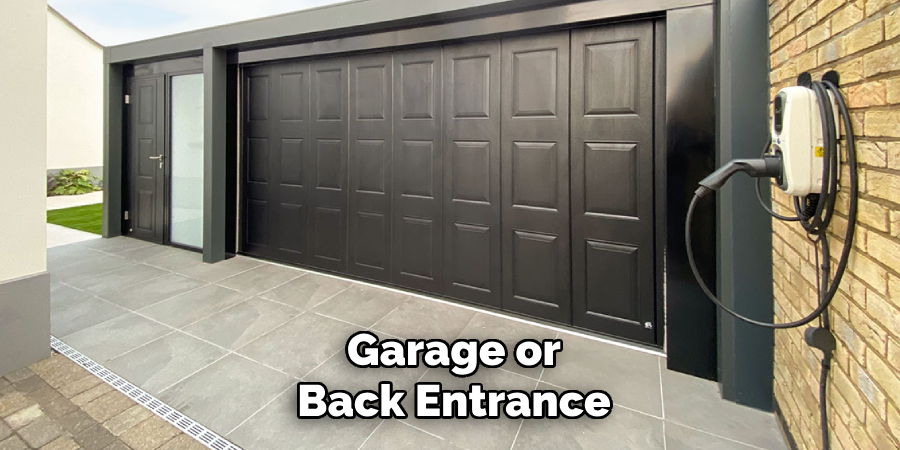
Emergency Break-In (Last Resort)
If all else fails and access is urgently needed, breaking a small, replaceable window could be a better option than damaging the sliding door itself. This should be considered only as a last resort, and efforts should be made to minimize injury or property damage.
Conclusion
Understanding how to unlock a sliding door from outside safely and effectively requires patience and awareness of the lock type. Methods such as using a spare key, exploring alternative entrances, or employing simple household tools can help regain access without causing damage. Always prioritize options that protect your property and health, and reserve extreme measures, like breaking a window, for emergencies only. To prevent future lockouts, consider upgrading to a more advanced lock system, such as one with keypad entry or smart technology. Proactive solutions improve convenience and enhance the security of your home.
About
Safety Fic is a distinguished figure in the world of Diy design, with a decade of expertise creating innovative and sustainable Diy solutions. His professional focus lies in merging traditional craftsmanship with modern manufacturing techniques, fostering designs that are both practical and environmentally conscious. As the author of diy, Safety Fic delves into the art and science of Safety Fic-making, inspiring artisans and industry professionals alike.
Education RMIT University
(Melbourne, Australia) Associate Degree in Design (Safety Fic) Focus on sustainable design, industry-driven projects, and practical craftsmanship. Gained hands-on experience with traditional and digital manufacturing tools, such as CAD and CNC software.
Nottingham Trent University
(United Kingdom) Bachelor’s in diyfastly.com and Product Design (Honors) Specialized in product design with a focus on blending creativity with production techniques. Participated in industry projects, working with companies like John Lewis and Vitsoe to gain real-world insights.
Publications and Impact
In diy, Safety Fic his insights on indoor design processes, materials, and strategies for efficient production. His writing bridges the gap between artisan knowledge and modern industry needs, making it a must-read for both budding designers and seasoned professionals.
